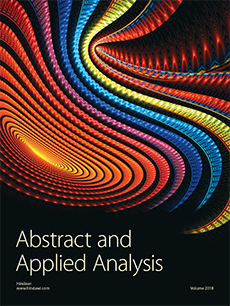Abstract
Mathematical models can assist in the design and understanding of vaccination strategies when resources are limited. Here we propose and analyse an SIR epidemic model with a nonlinear pulse vaccination to examine how a limited vaccine resource affects the transmission and control of infectious diseases, in particular emerging infectious diseases. The threshold condition for the stability of the disease free steady state is given. Latin Hypercube Sampling/Partial Rank Correlation Coefficient uncertainty and sensitivity analysis techniques were employed to determine the key factors which are most significantly related to the threshold value. Comparing this threshold value with that without resource limitation, our results indicate that if resources become limited pulse vaccination should be carried out more frequently than when sufficient resources are available to eradicate an infectious disease. Once the threshold value exceeds a critical level, both susceptible and infected populations can oscillate periodically. Furthermore, when the pulse vaccination period is chosen as a bifurcation parameter, the SIR model with nonlinear pulse vaccination reveals complex dynamics including period doubling, chaotic solutions, and coexistence of multiple attractors. The implications of our findings with respect to disease control are discussed.
Citation
Wenjie Qin. Sanyi Tang. Robert A. Cheke. "Nonlinear Pulse Vaccination in an SIR Epidemic Model with Resource Limitation." Abstr. Appl. Anal. 2013 1 - 13, 2013. https://doi.org/10.1155/2013/670263





